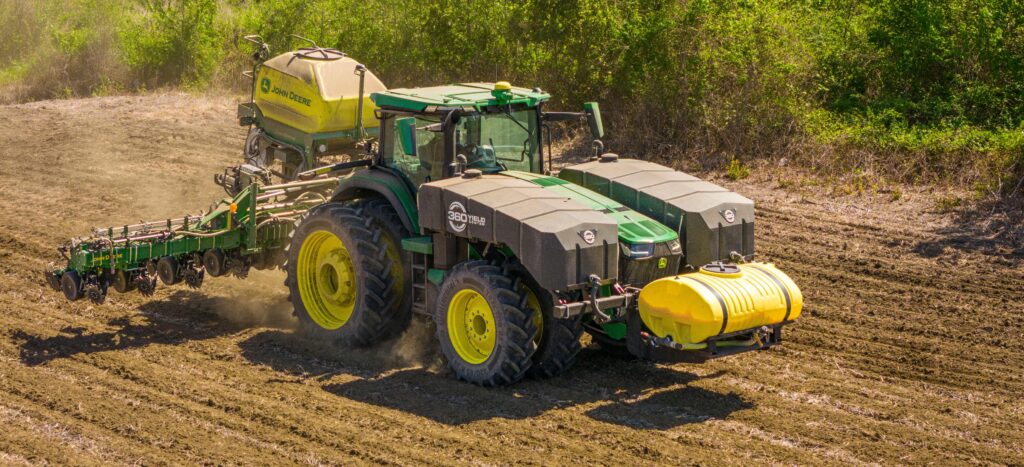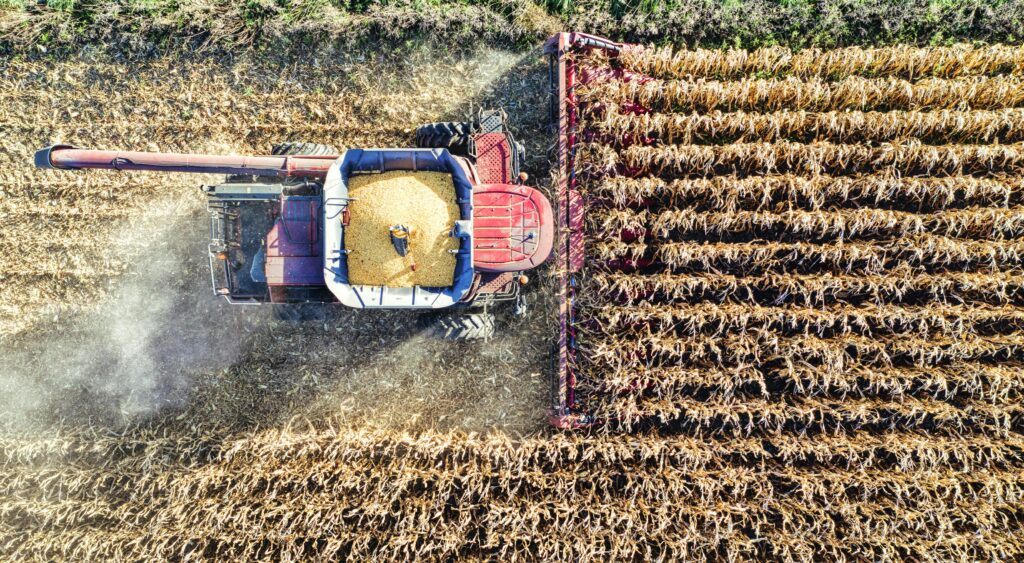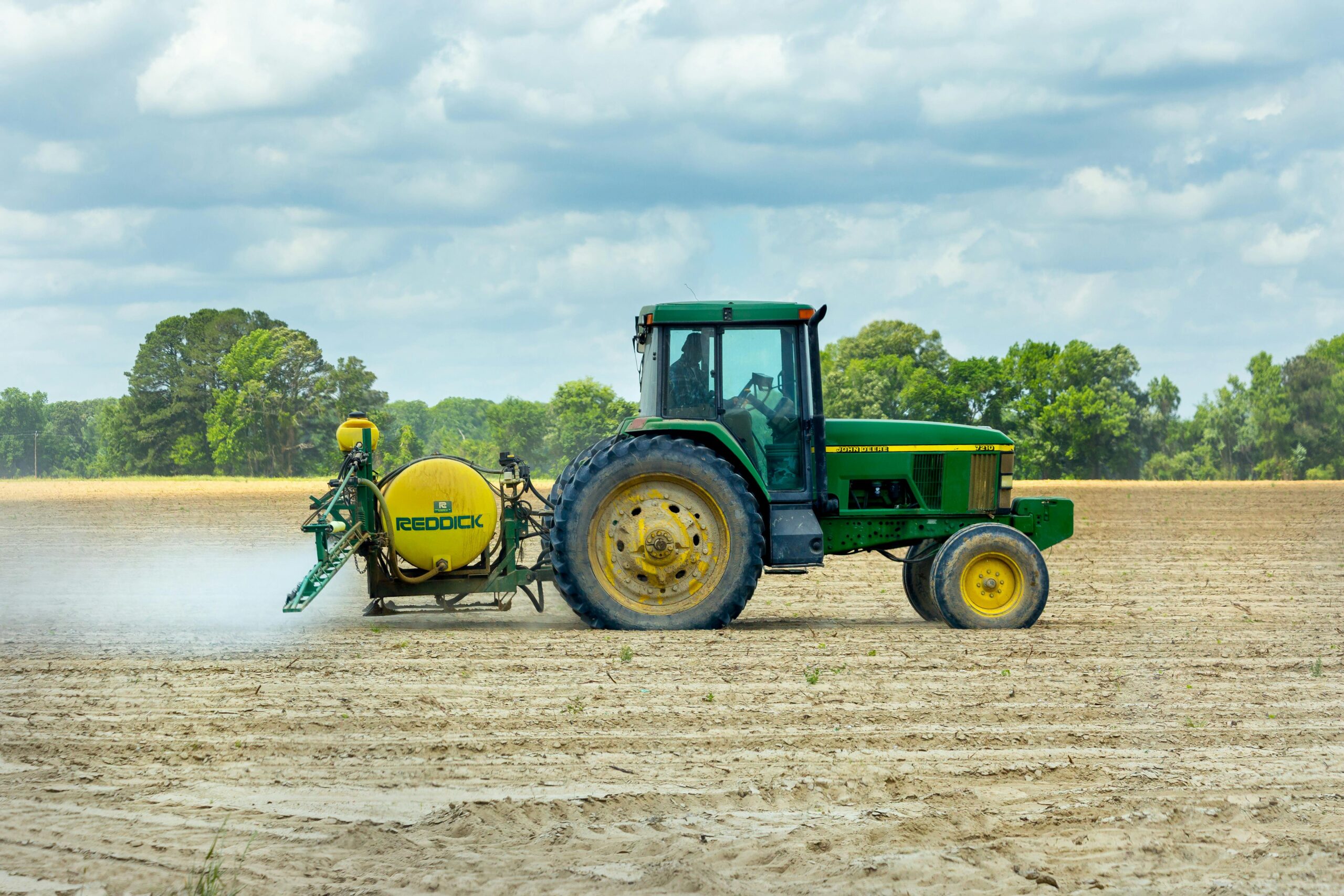Introduction

Tractors have revolutionized agriculture since their inception, evolving from simple steam-powered machines to sophisticated smart devices. This article delves into the fascinating journey of tractors, exploring their development, applications, and future prospects.
Defining Tractors
Tractors are powerful motor vehicles designed to tow agricultural implements, perform various tasks on farms, and provide power for machinery. They play a crucial role in modern agriculture, enhancing productivity and efficiency.
Relevance and Importance
Tractors are indispensable in agriculture, enabling farmers to cultivate larger areas, increase yields, and streamline operations. Their evolution has significantly impacted farming practices, transforming traditional methods and driving agricultural innovation.
Historical Overview
Early Agricultural Machinery
The concept of mechanized farming dates back to ancient civilizations, where humans utilized basic tools and animals for cultivation. Over time, rudimentary devices such as plows and seed drills emerged, laying the foundation for agricultural mechanization.
Introduction of Steam-Powered Tractors
The 19th century witnessed significant advancements in agricultural technology, with the introduction of steam-powered tractors revolutionizing farming practices. These cumbersome machines were powered by steam engines and facilitated tasks such as plowing and harvesting on a larger scale.
Transition to Internal Combustion Engines
The early 20th century marked a transition to internal combustion engines, leading to the development of gasoline-powered tractors. These machines were more efficient, versatile, and easier to operate, further accelerating agricultural mechanization.
Technological Innovations
Diesel Tractors
The introduction of diesel engines in the mid-20th century revolutionized tractor design and performance. Diesel tractors offered increased power, fuel efficiency, and durability, becoming the preferred choice for farmers worldwide.
Hydraulic Systems
Hydraulic systems became integral components of modern tractors, enabling precise control of implements and facilitating complex agricultural tasks. Hydraulic mechanisms enhanced maneuverability, efficiency, and safety, transforming tractor functionality.
Evolution of Features
Four-Wheel Drive
The adoption of four-wheel drive technology improved traction and maneuverability, allowing tractors to operate in diverse terrain and adverse weather conditions. Four-wheel drive systems enhanced productivity and reduced soil compaction, benefiting agricultural operations.
Power Take-Off (PTO)
The integration of power take-off mechanisms enabled tractors to transfer power to auxiliary equipment such as mowers, balers, and generators. PTO systems increased tractor versatility, enabling farmers to perform a wide range of tasks with ease.

Modernization and Automation
Precision Agriculture
The advent of precision agriculture revolutionized farming practices, leveraging advanced technologies such as GPS, sensors, and data analytics to optimize crop management. Modern tractors are equipped with precision farming capabilities, enabling precise seeding, spraying, and harvesting.
Smart Tractors
Recent years have witnessed the emergence of smart tractors equipped with artificial intelligence, automation, and connectivity features. Smart tractors can autonomously perform tasks, analyze field data, and optimize operations in real-time, enhancing efficiency and productivity.
Environmental Considerations
Sustainable Practices
With growing concerns about environmental sustainability, there’s a shift towards eco-friendly farming practices. Tractors are increasingly being designed to minimize fuel consumption, emissions, and soil disturbance, aligning with sustainable agriculture principles.
Electric Tractors
The development of electric tractors represents a promising trend towards cleaner and quieter agricultural machinery. Electric tractors offer zero-emission operation, reduced noise pollution, and lower operating costs, contributing to environmental conservation efforts.
Future Outlook
Integration of AI and Robotics
The future of tractors lies in the integration of artificial intelligence and robotics, enabling autonomous operation and intelligent decision-making. AI-powered tractors will optimize resource utilization, maximize yields, and revolutionize farm management practices.
Sustainable Innovations
Continued research and innovation will drive the development of sustainable tractor technologies, including alternative fuels, renewable energy sources, and advanced materials. Sustainable innovations will promote environmental stewardship and support the transition to greener farming practices.
Conclusion

The evolution of tractors from steam engines to smart machines epitomizes the relentless pursuit of innovation in agriculture. From humble beginnings to cutting-edge technologies, tractors have transformed the way we cultivate the land and sustainably manage our resources. As we look towards the future, tractors will continue to play a pivotal role in shaping the future of farming, driving efficiency, sustainability, and productivity.
Read more about How to Keep Your Smartphone Clean and Germ-Free




